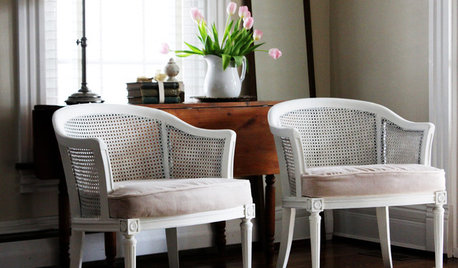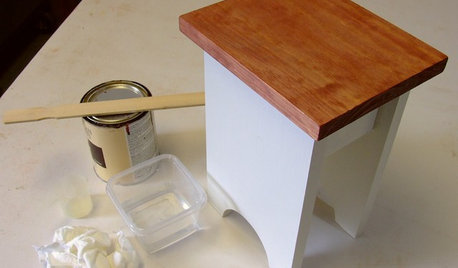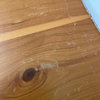Stripping or sanding
cfmuehling
13 years ago
Related Stories

BUDGET DECORATINGBudget Decorator: 8 Ways to Make Old Furniture Look Brand New
Learn stripping, staining, painting and reupholstering basics to make bargain-basement furniture worthy of center stage at home
Full Story
10 Small Structures That Whisper of Wonder
Stripped to their essence, these architectural outposts leave plenty of room for imagination
Full Story
REMODELING GUIDESWisdom to Help Your Relationship Survive a Remodel
Spend less time patching up partnerships and more time spackling and sanding with this insight from a Houzz remodeling survey
Full Story
FARM YOUR YARDHow to Build a Raised Bed for Your Veggies and Plants
Whether you’re farming your parking strip or beautifying your backyard, a planting box you make yourself can come in mighty handy
Full Story
COASTAL STYLEFresh Take: 9 Twists on Nautical Style
Strip down a themed room for a crisp, classic shipshape look
Full Story
GARDENING GUIDESGreat Lakes Gardener's August Checklist
Pick the peppers and drink in the scent of lilies this month, while you mull over a mowing strip to make fall gardening easier
Full Story
WORKING WITH PROSHow to Work With a House Painter
A professional house painter may be your best friend for refreshing rooms. Here's what you need to know to get the best result
Full Story
DIY PROJECTSCool Tip: Mimic Stain With a DIY Color Wash
Get the look of an oil-based stain without all the bother, using this easy wash made with paint
Full Story
Add Character to Your Home With the Look of Age
Distressed finishes give furniture and other surfaces a sense of history — and lots of charm
Full Story
GREAT HOME PROJECTSWhat to Know Before Refinishing Your Floors
Learn costs and other important details about renewing a hardwood floor — and the one mistake you should avoid
Full Story









brickeyee
cfmuehlingOriginal Author
Related Professionals
North Bay Shore Cabinets & Cabinetry · Carol Stream Carpenters · Franklin Park Carpenters · Laguna Niguel Carpenters · Mission Viejo Carpenters · Sugar Land Carpenters · Walker Carpenters · Monrovia Flooring Contractors · North Aurora Flooring Contractors · St. Johns Flooring Contractors · Wausau Flooring Contractors · Beaufort Furniture & Accessories · Peachtree City Furniture & Accessories · Woodstock Furniture & Accessories · San Elizario Furniture & Accessoriesbrickeyee
karinl
aidan_m
cfmuehlingOriginal Author
brickeyee
cfmuehlingOriginal Author
bobismyuncle
brickeyee
karinl